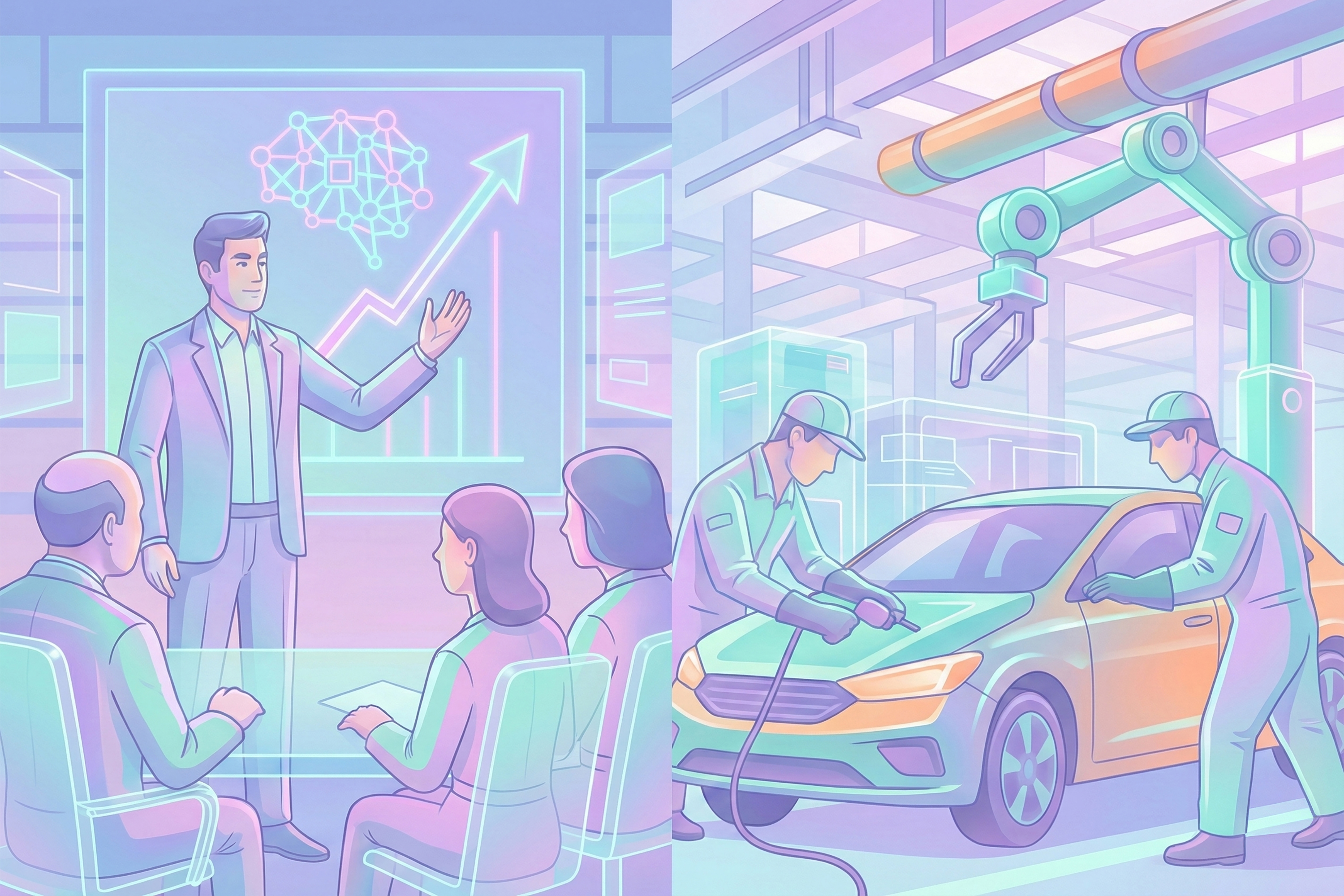
When we think of economies and economic value, we often have a “land-oriented” perspective, as most of us live, work and consume on land and their close maritime shores. However, the system of interconnected open ocean waters – together the world ocean – contains lots of valuable assets and facilities to most of our land-based economic activities (i.e. shipping lanes, fishing, material resources). Better knowledge and data will render new business and better governance models for this blue economic giant.
With the advent of digital technology came the “internet or information economy”, and with the first deployment of commercial rockets, satellites and spaceships, there is now the nascent “space economy” with new business models like space tourism, asteroid mining, and space-based service activities (i.e. satellite industry, renewable energy). Likewise, we can perceive all the value-adding activities at and below the world ocean’s waters as an economy in itself: the “ocean economy”.Its “gross maritime product” has three categories, which are not in the private domain or jurisdiction of a specific economy: market flows and services (i.e. oceanic transport, oceanic tourism), direct resources, (i.e. fish stocks, material resources) and their adjacent benefits (i.e. carbon storage, renewable energy). In 2015, the WWF conservatively estimated the total value of ocean assets to be at least $24 trillion. And in terms of annual value-added activities, services and goods, the earth’s oceans render $2.5 trillion (making it the eighth largest economy). For different parts of the world, the world’s oceans contribute differently, but every economy and consumer worldwide is dependent on the world ocean anyway: from importing goods overseas, to eating fish to the materials in our smartphone. The biggest problem of the ocean economy is that what happens beneath the surface remains largely unknown, because its “hostile” environment to man and machine: no oxygen, little daylight, crushing pressures and no connection below and at the open oceans.Three technological innovations can help to overcome this problem and create new business opportunities. First is the rapidly declining cost for sensory and wireless communication technology, allowing for remote-controlled and even autonomous devices that can roam the waters of the ocean economy. Like drones map land surfaces from the sky, smart submarines can map the currently unknown ocean floor and its underwater dynamics, a boon for ocean floor mining and oceanic transport. Second are increased computational power and internet infrastructure (i.e. by satellites) for maritime devices to share data, beneficial to oceanic activities that require real-time data, e.g. offshore sea farming and maritime construction. Furthermore, because of the decreasing cost of renewable energy components, the world ocean is becoming an economically viable source of renewable energy. Being an archipelago of almost 18,000 islands located in between the Indian and Pacific Ocean, Indonesia, for example, now generates a substantial part of its energy production from “open ocean energy”, like ocean waves, temperature differences and salinity. Currently, the intergovernmental International Seabed Authority regulates commercial activities in the international oceans (beyond the Exclusive Economic Zones of countries) but has no clear regulations for commercial activities – such as seabed mining or deep-sea fishing – leading to unsustainable harvesting of its stocks (i.e. overfishing). That is in part because it has little data or knowledge about what happens in open ocean waters. Better estimations of the ocean economy’s material value – besides merely its immaterial value like biodiversity and natural beauty – and better knowledge of value chains, can also enable new governance models. Considering the ocean as part of our future, digital economy (i.e. providing the material for chips or as part of our global renewable energy grid) can invoke new alliances and stakeholders. We have seen this before with the dividend constituencies between oil- and gas-producing countries and companies in climate talks, who share interests in ecological governance that cut through geography and ideology. Or the Alliance of Small States during the Kyoto Protocol discussion who fear that their countries are sinking. And tech companies might want to raise their voice in maritime matters, as their datacenters are increasingly inhabiting parts of the ocean floor. These “eco-oceanic” interest groups might come to digitally govern a specific aspect of the ocean Stack, and provide a solution to the generally poor management of the ocean economy’s assets.

